When Larry Clark’s Kids opened in 1995, the Angelika Film Center in New York posted pink fliers on its ticket window: “Kids is a film about adolescent sexuality and contains very explicit language. Some people may be offended. There will be no refunds.” Blunt, but an accurate summary of Clark’s most famous work. Written by a 19-year-old Harmony Korine and co-produced by Gus Van Sant, the film primarily follows the nihilistic exploits of 40-swiping skater Casper and “virgin surgeon” Telly on the lawless Lower East Side. Its depictions of teen sex and drug use are vital elements of its unflinchingly authentic portrait of 90s New York City youth — a story that also features vital female friendships and family struggles. Kids is perhaps the most influential coming-of-age film ever, and the starting point of Eternal Youth, a new exhibition opening tomorrow at the Museum of Contemporary Art Chicago.
“When I discovered that [the MCA] held the complete set of photographs from [Kids] in our collection, I decided that I wanted to build a show around them,” Omar Kholeif, the MCA’s Manilow Senior Curator, told i-D. “This work is so fundamental because it was produced in the mid 1990s and tells the story of a group of sexually active teenagers — it embodies this transition moment when sex was something that we had grown afraid of because of AIDS but also something that we were reclaiming, with abundance and abandon.”
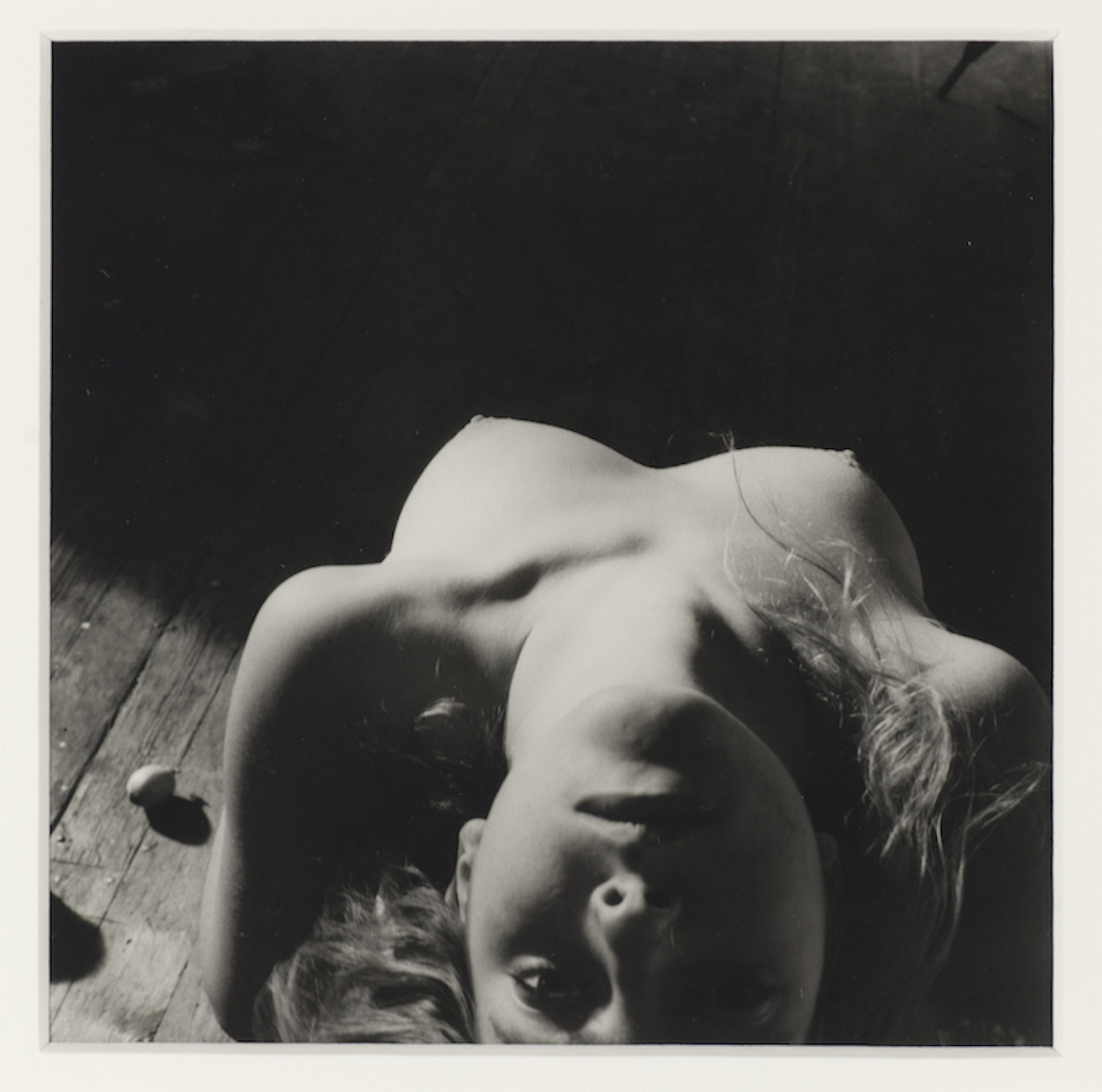
Eternal Youth expands the seminal film’s focus, exploring how artists have portrayed youth since the 1990s. The exhibition considers coming-of-age as an art-historical crossroads, and challenges its viewers to look more closely at how young people are documented and represented. The images demonstrate how we see youth with both fear and desire, as sexualized and radicalized — “something that [is] simultaneously desirous and dangerous,” says Kholeif.
With Clark’s work as its starting point, Eternal Youth features evocative, iconic images culled from both the analog era and the rapidly shifting digital age. “I chose artists such as Wolfgang Tillmans, whose work for me was a reclamation of a queer subculture, propelling it into the masses in a way that we had not seen after the AIDS crisis,” explains Kholeif, who also included work from John Neff and Paul Heyer, younger artists “who are also exploring queer desire and its relationship to the body.” This work is presented alongside Herb Ritts’s portraits of Mark Wahlberg for Calvin Klein, a brand synonymous with youth myth-making and the symbolism of sexuality.

Dawoud Bey and Francesca Woodman feature in Eternal Youth, as do Amalia Ulman and Ryan Trecartin — artists whose provocative performances interface with representations of youth in the Internet era. “As you walk into the exhibition, you will be greeted by a 2014 mirror painting by the British artist Eddie Peake which says ‘Destroyed by Desire.’ As a viewer you see yourself immersed in this text and realize that you too are complicit within the making of this narrative,” says Kholeif.
‘Eternal Youth’ is on view at the Museum of Contemporary Art Chicago March 11, 2017 – July 23, 2017. More information here.
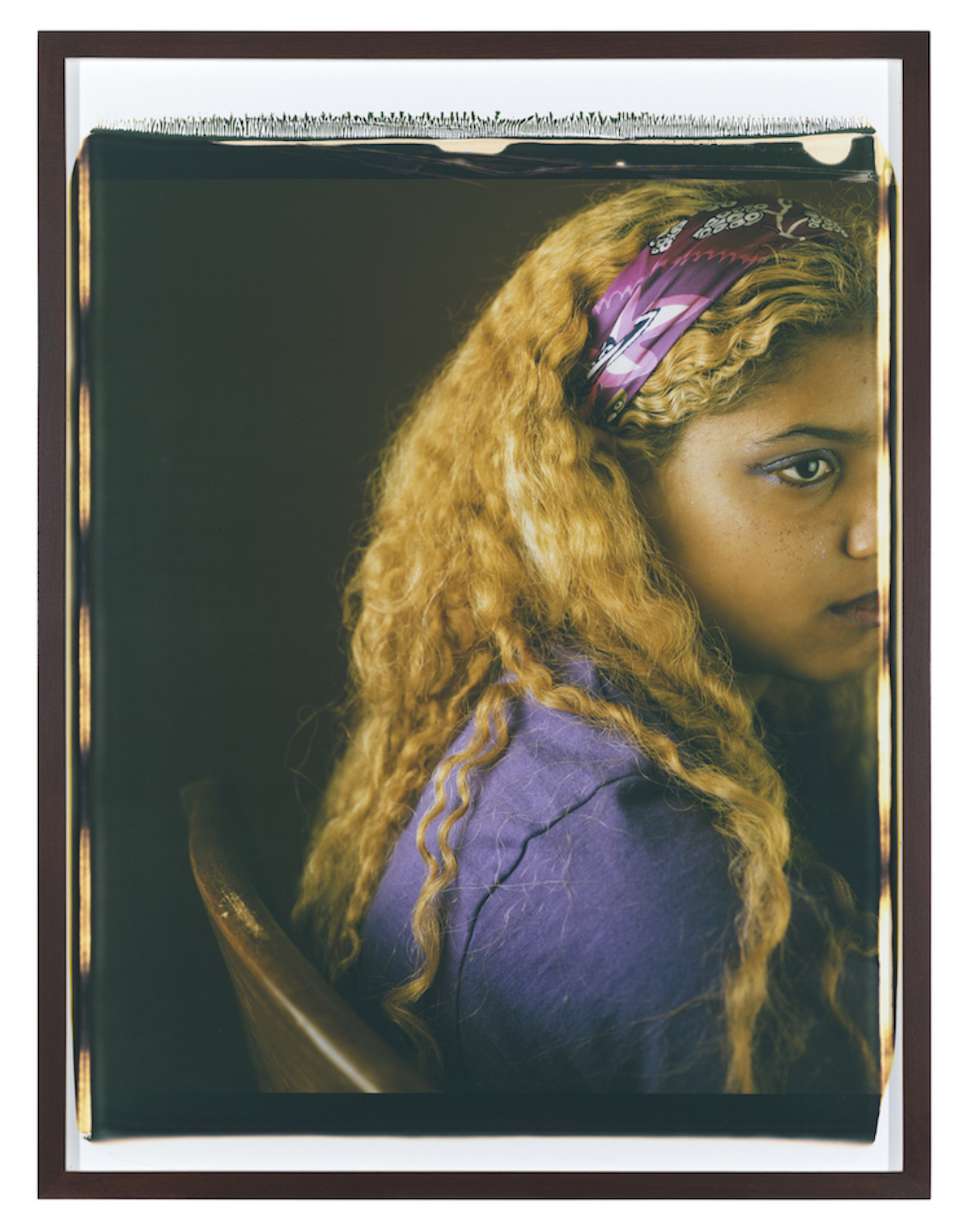


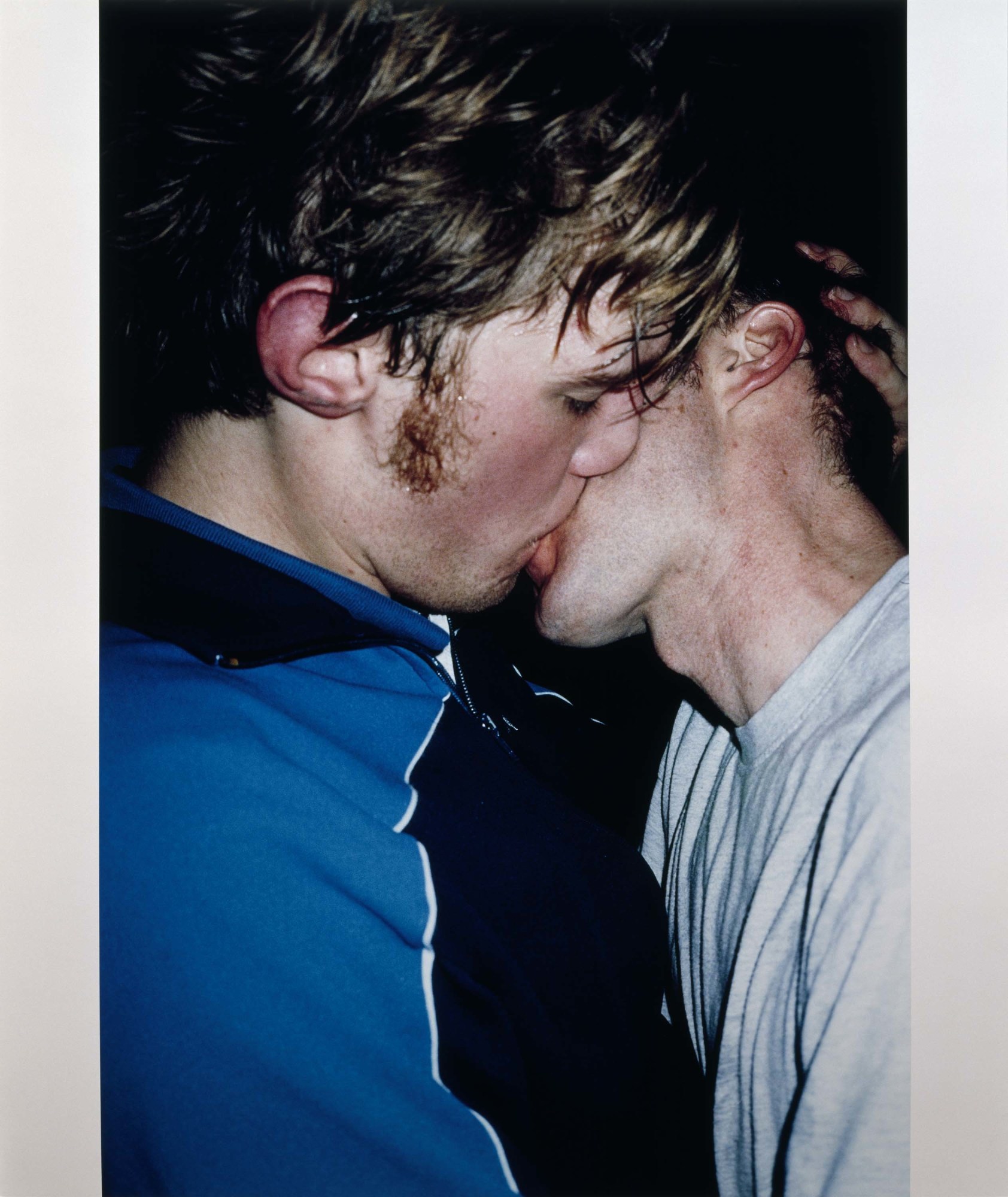


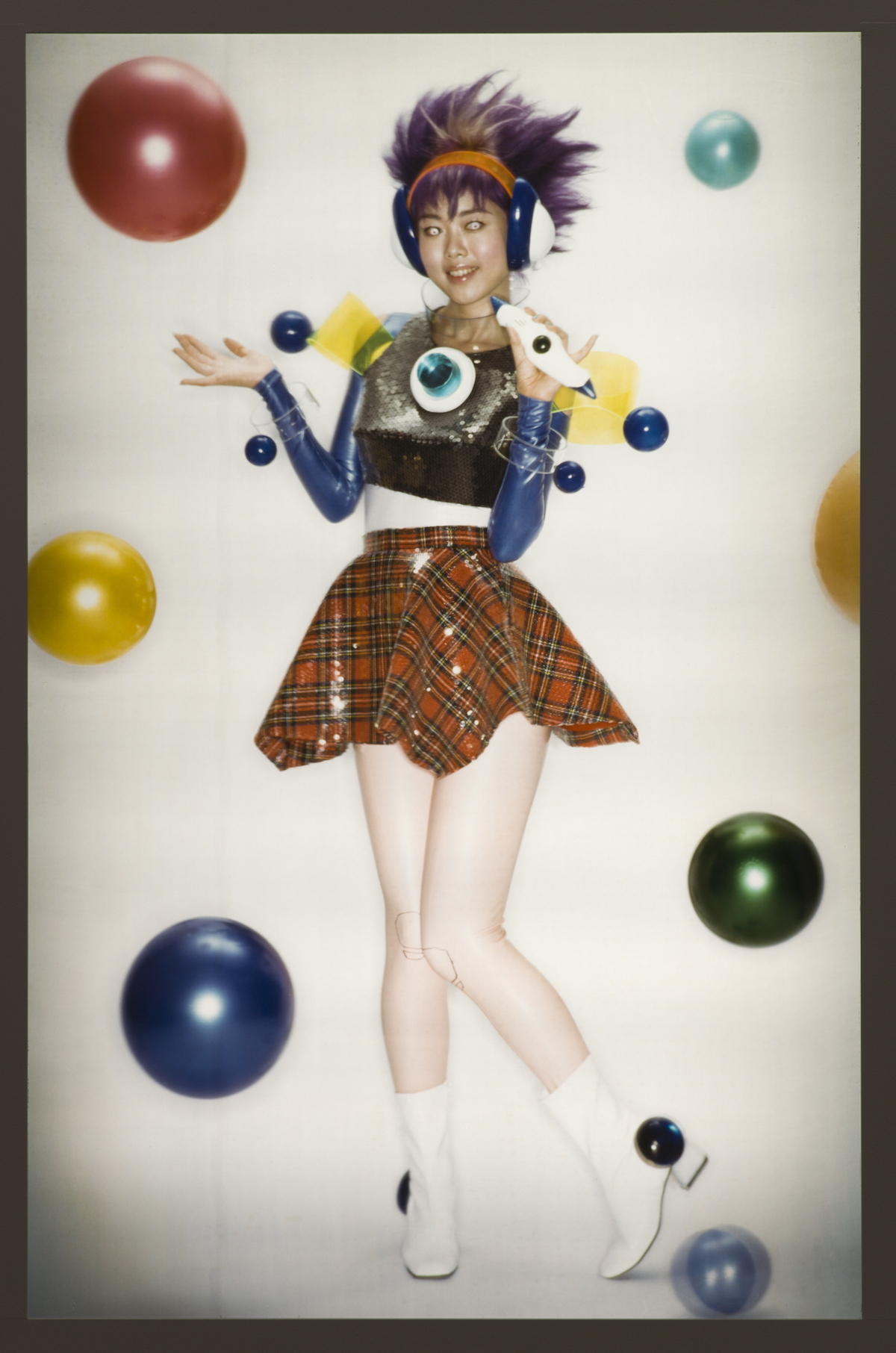
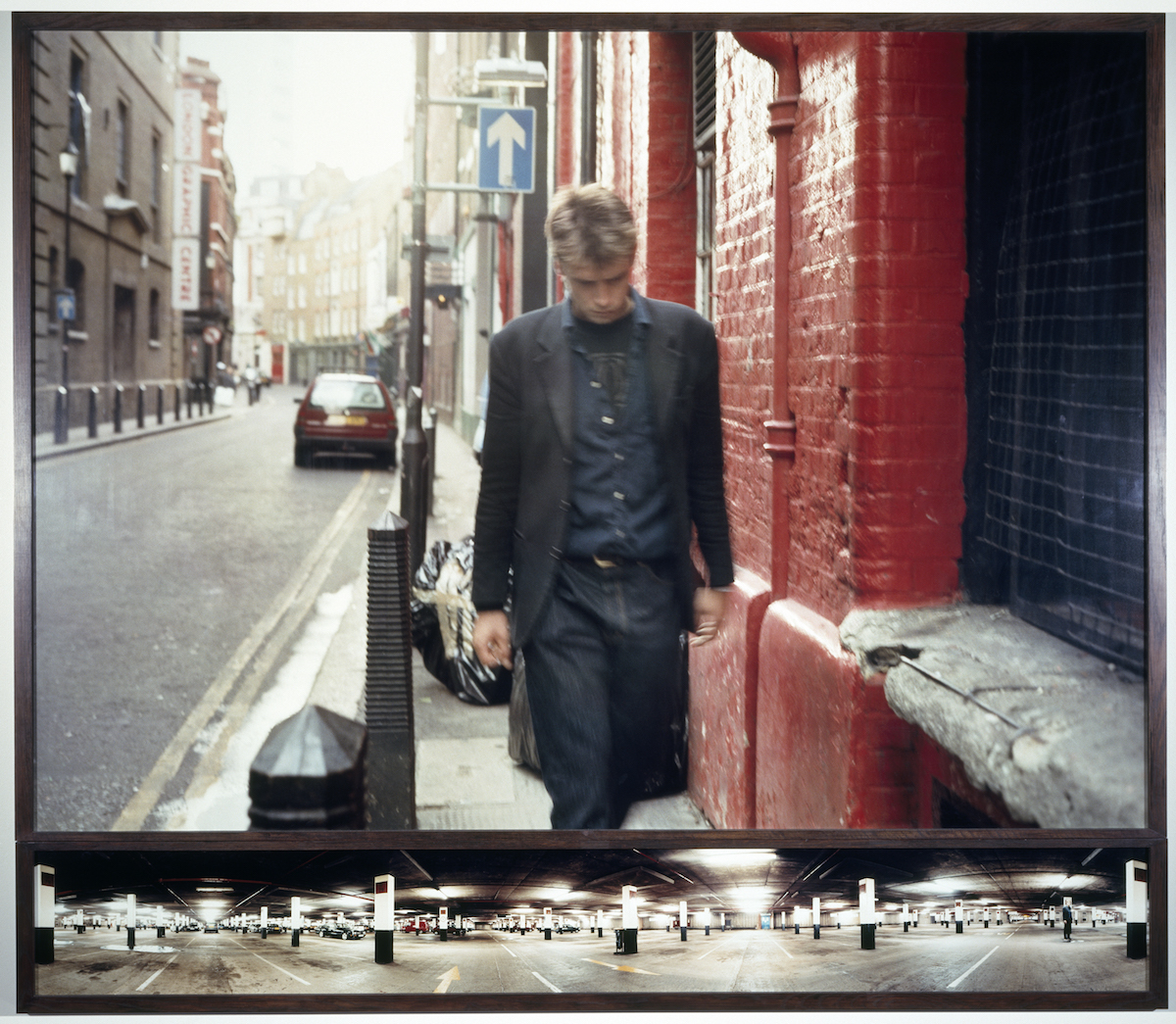
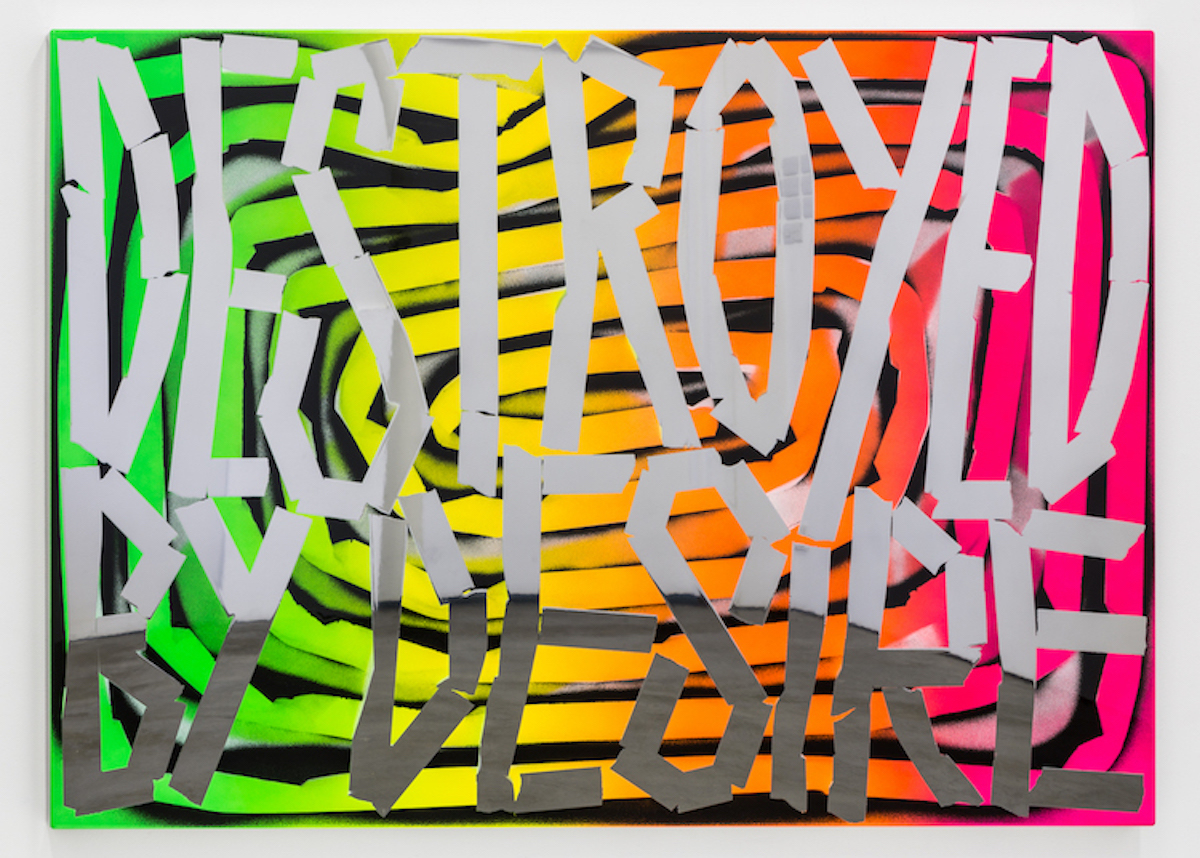
Credits
Text Emily Manning
Images courtesy of MCA
